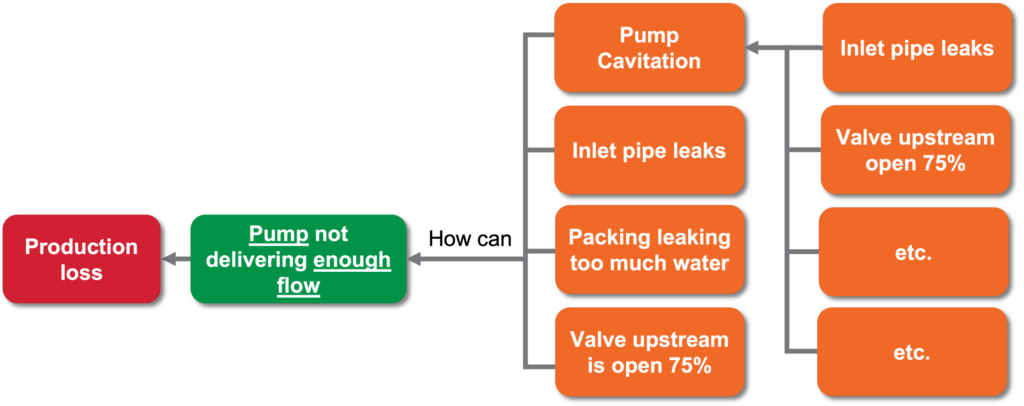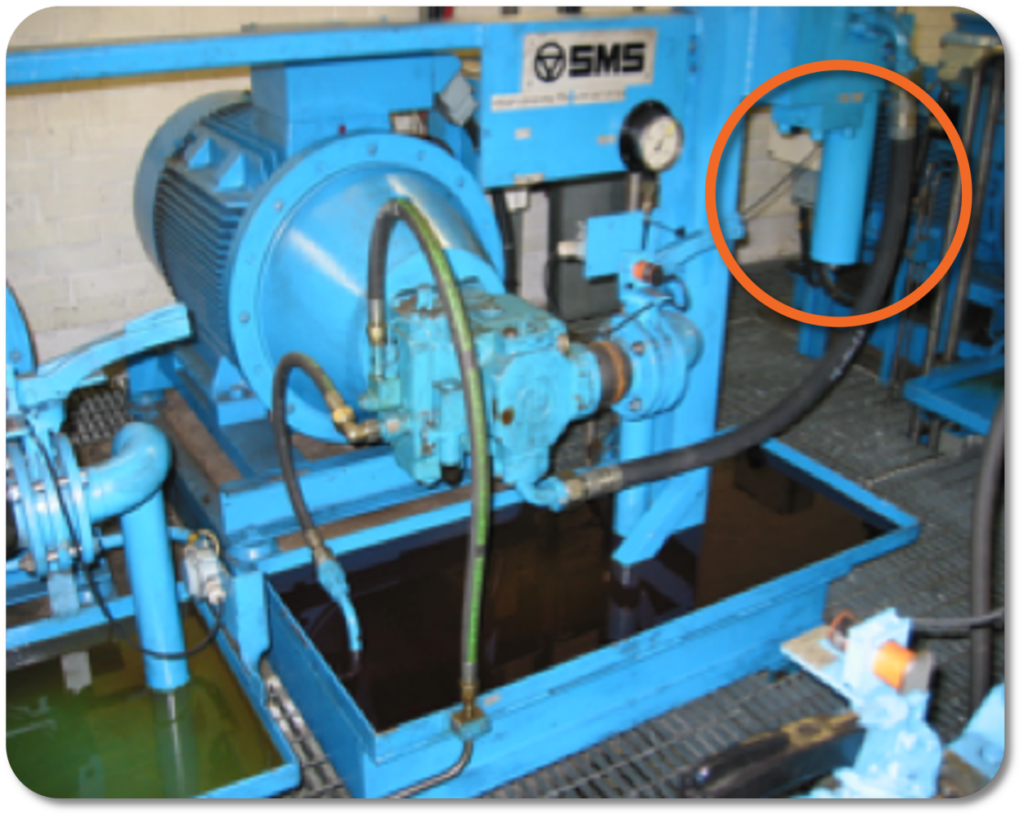IDCON INC
What is Root Cause Failure Analysis (RCFA)?
RCFA (Root Cause Failure Analysis) is the process of investigating how a quality or process problem, safety or environmental incident, equipment failure, and many other types of problems in a plant occurred. RCFA is also commonly referred to as Root Cause Analysis (RCA).
Analyzing and eliminating the root cause of a failure is a powerful tool for improving plant reliability. At IDCON, we call this process Root Cause Problem Elimination (RCPE). We find that this term more accurately defines the desired outcome of the process.
It is easy to make mistakes when performing a Root Cause Failure Analysis. Keep reading to find out what some of the most common mistakes are and how to turn things around in your organization.
3 Mistakes Commonly Made in Root Cause Failure Analysis (RCFA):
#1. Writing too much for a Problem Statement.
In an attempt to give as much detail as possible, sometimes we tend to write every single thing that happened and everything we know about a problem or failure. While it is well-intentioned, this can make things very confusing for the people who are tasked with solving the problem.
Take this example of information provided about a problem with a cavitating pump:
- Pump sounds as if it is cavitating
- The bearings are hotter (183°F) than normal
- The valve upstream is open 75%
- The operator said she heard a noise around the pump at 4:30 am this morning
- The packing is leaking too much water
- The pump is not delivering enough flow (based on flow meter)
- There is a leak in the inlet pipe 4 ft before pump inlet
As you can see, this list contains seven problems with different objectives. A problem statement requires one problem with one objective.
The most urgent problem to take on from this list is that the pump is not delivering enough flow based on the flow meter. We now have a clear problem statement: Pump not enough flow. It is helpful to use a cause-and-effect diagram called a “How Can Diagram” to dissect this issue:

The first box shows the trigger, which is Production Loss. The second box shows ONE object, Pump not delivering enough flow. The boxes at the end of the chart show potential causes. Notice that some information from the list above made it into the diagram.
In the end we want to convert that situation into a problem statement and solve each problem you want one at a time. If you’re trying to solve too many problems at the same time, Root Cause Failure Analysis can be needlessly complicated.
#2. The Problem Statement Isn’t a Fact
RCFA problem statements are key to solving the right problem but sometimes the problem statement that we write down isn’t a fact. It could be an assumption made about the cause of the problem; it could be that too much irrelevant information is provided (see above) – either of these can cause us to miss the root cause altogether.
The following is an example of a Root Cause Failure Analysis problem statement that is using an assumption as a fact.
The image illustrates the example using a filter (circled in photo). The problem statement is: Filter is clogged.

The reason that this problem statement was chosen is that there is no flow coming out of the filter.
So, what was observed was that there is no flow from the filter, but the problem statement is “filter is clogged” – an assumption as to why there is no flow, not a known fact.
This assumption led to checking the filter. The filter, in fact, was not clogged. The stoppage was occurring somewhere else in the equipment. You can see how easy it is to make a mistake like this one.
#3. Not Storing Broken Parts
It can be very beneficial to create a culture of saving broken parts in your organization. Everyone on your team can’t be on site at all times, so when a component or piece of equipment breaks, making sure that information about the incident is organized and that the broken parts are bagged and tagged correctly is very important so that everyone has the same up-to-date information.
The following are two RCFA techniques for organizing broken parts:
RCFA Technique #1: Create a dedicated area to store broken parts.
This could be a separate room with shelves or any dedicated area in the plant that is available and appropriate.
The team needs to be trained on how to properly bag and tag the broken spares. They also need to be trained on how to handle the broken spares. For example, if there is a broken shaft or fracture surfaces, your team should recognize that they should try to preserve the fracture surfaces as well as possible using oil. If they try to put them back together, it will destroy the fracture surfaces.
RCFA Technique #2: Take photos.
Train your team to take pictures right away when they find broken equipment. It is very useful to have images of the broken spares as they are found in order to aid in the RCFA. After photos are taken, the broken parts can be bagged and tagged and moved to the designated area.
It is helpful to create a simple numbering system to organize and identify the broken parts. It can be as simple as numbering attached to your root cause or creating a log sheet for identifying parts with another sheet tracking their location.
As you know, if you’re performing root cause, it’s almost impossible to perform a root cause correctly if you don’t have the broken equipment or parts organized and ready for investigation.
Conclusion
It isn’t exactly fun, but reflecting on our past failures, analyzing what went wrong, and deciding on best practices is a great way to move forward and initiate improvement.
Learning about common mistakes and how to avoid them will improve your Root Cause Elimination process. Being successful in RCFA is just one of the improvements you can make that creates the possibility for your maintenance program to achieve World Class Maintenance.
If you are wondering how close your organization is to becoming a World Class Maintenance Organization, download your FREE 18 Pt Guide to World Class Maintenance, rate your organization, and let us know how you did.
More Common Mistakes in Root Cause Failure Analysis
Are you curious about more mistakes commonly make in the Root Cause Failure Analysis Process? Check out this series of 8 Common Mistakes in Root Cause Failure Analysis on our YouTube Channel. Don’t forget to subscribe for more!
 Paper 360
Paper 360